Finally, after 21 days of work and 34 commits, the re-design of the depth management subsystem is complete!
Depth management in previous versions was exclusively based on depth sorting: ships were being drawn connected component by connected component, from the furthest to the nearest. This worked fine for a small number of connected components, but it caused a lot of lagging whenever a ship would be reduced to smithereens. The following screenshot is from 1.8, showing the FPS rate right after an anti-matter bomb has exploded on the RMS Titanic (the normal RMS Titanic FPS rate on my 2010 laptop is ~21):
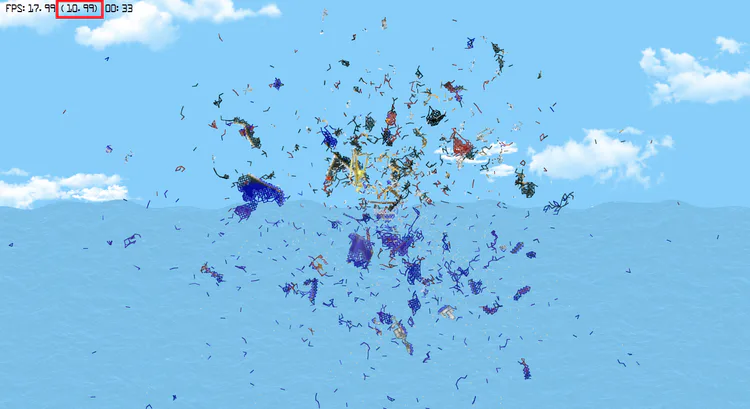
As you can tell, the large number of connected components - and thus the large number of OpenGL batches - caused the FPS rate to almost get halved, down to ~10 FPS.
The new depth management strategy makes instead heavy use of OpenGL’s depth test. Each vertex is assigned a “plane ID”, which is simply a sequential integer starting from zero and incremented for each connected component. Plane ID’s of vertices are then passed to the shaders, which use them as Z coordinates. This way I can now render all connected components in a single pass! Here’s the same screenshot from before, but from the upcoming 1.9.0:
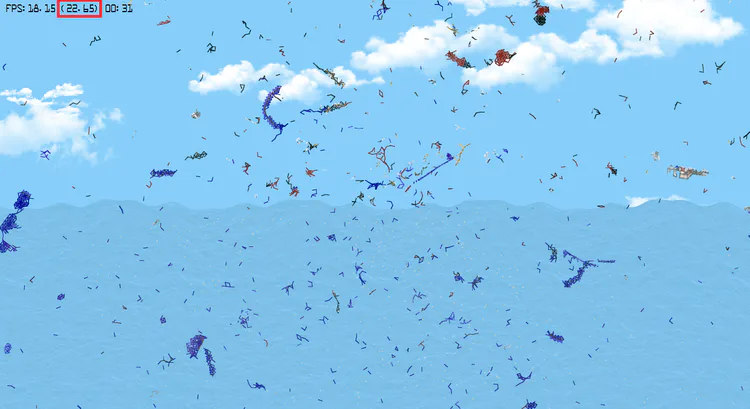
The FPS rate is now ~22 - even faster than when the Titanic was whole :-)
I’ll now switch to working on a few low-hanging thinghies, before packing and publishing a shiny new 1.9.0 release. Stay tuned!
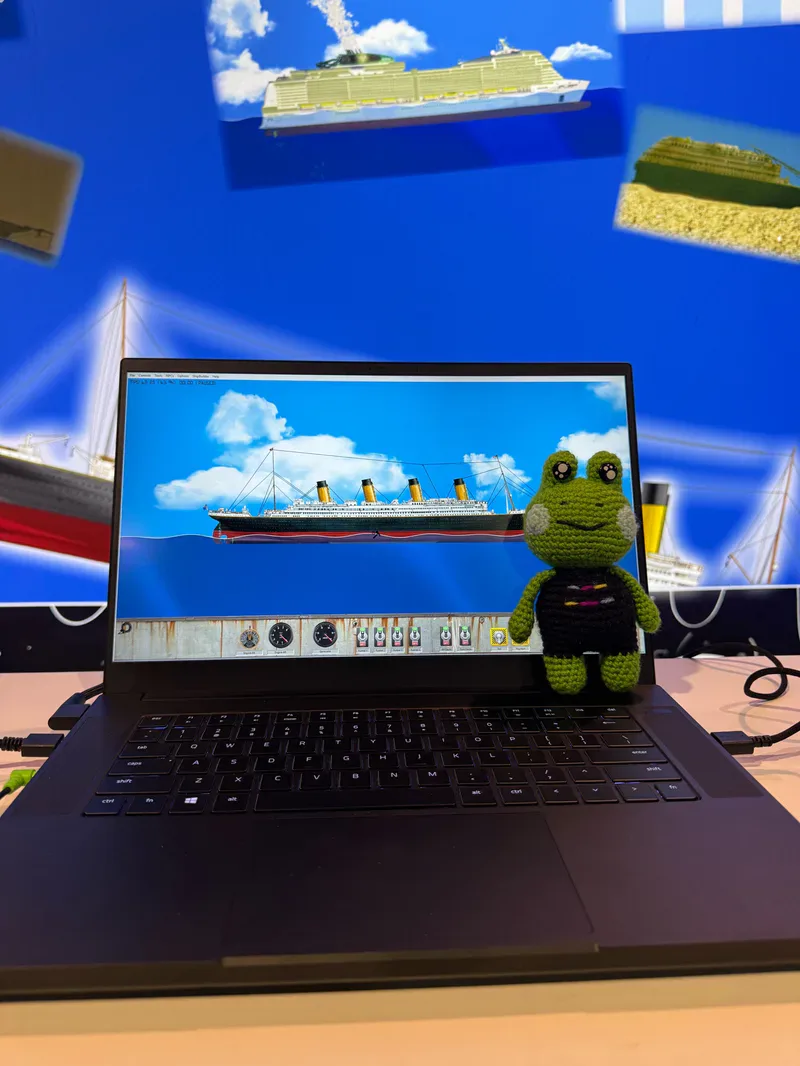
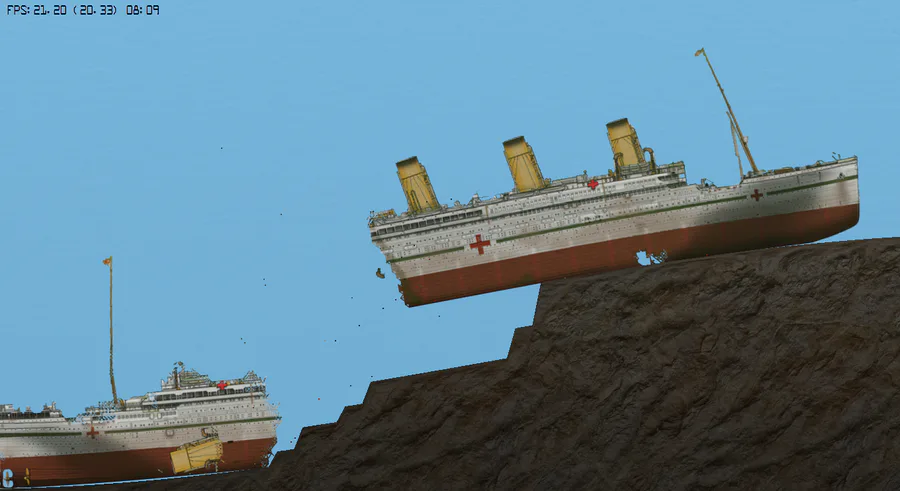
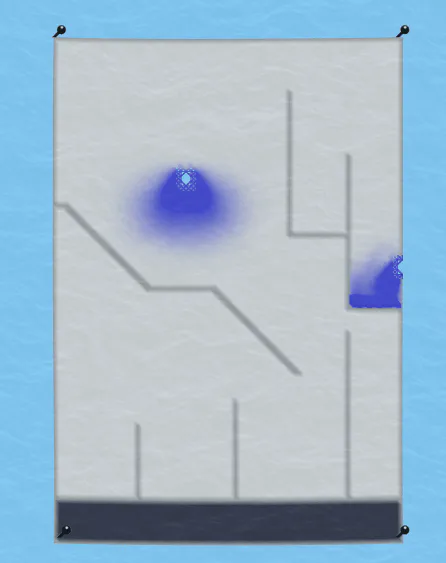



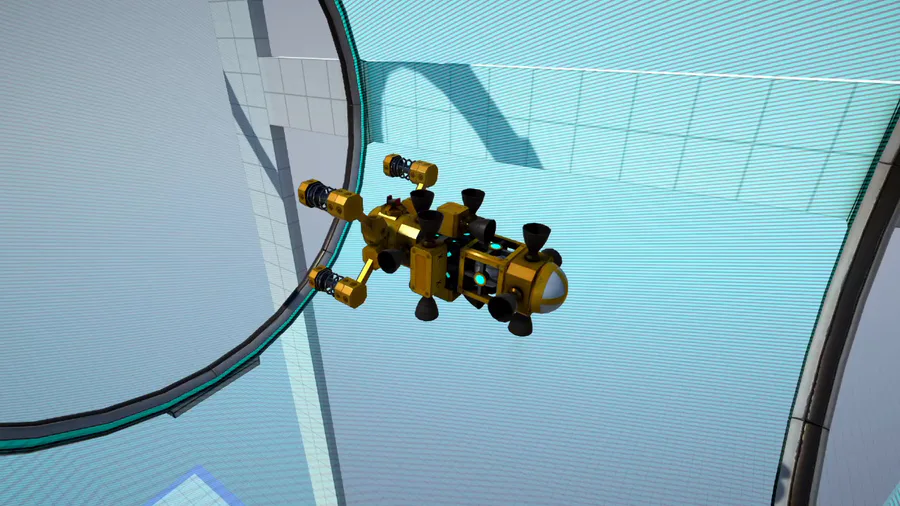

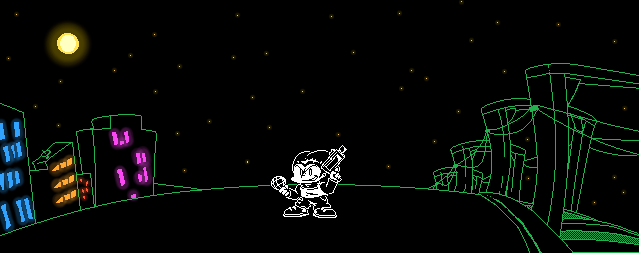

6 comments